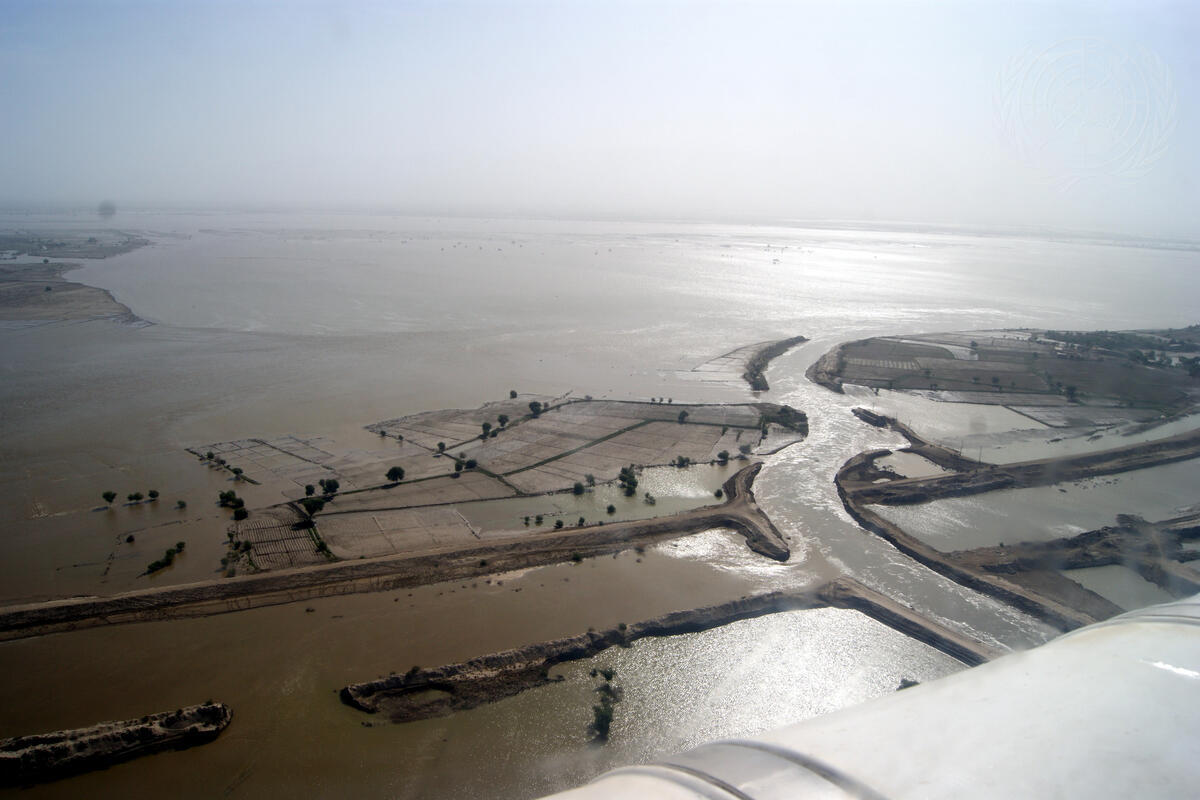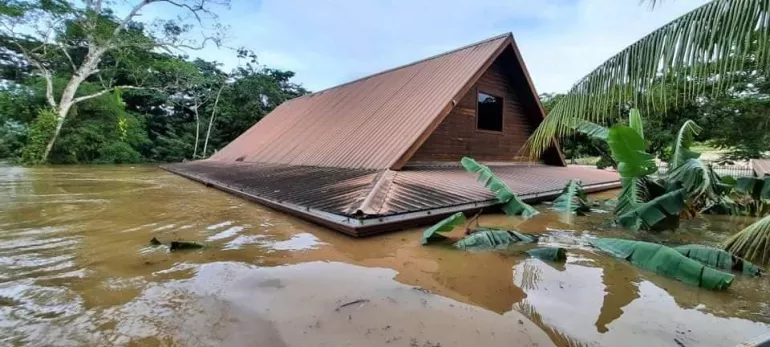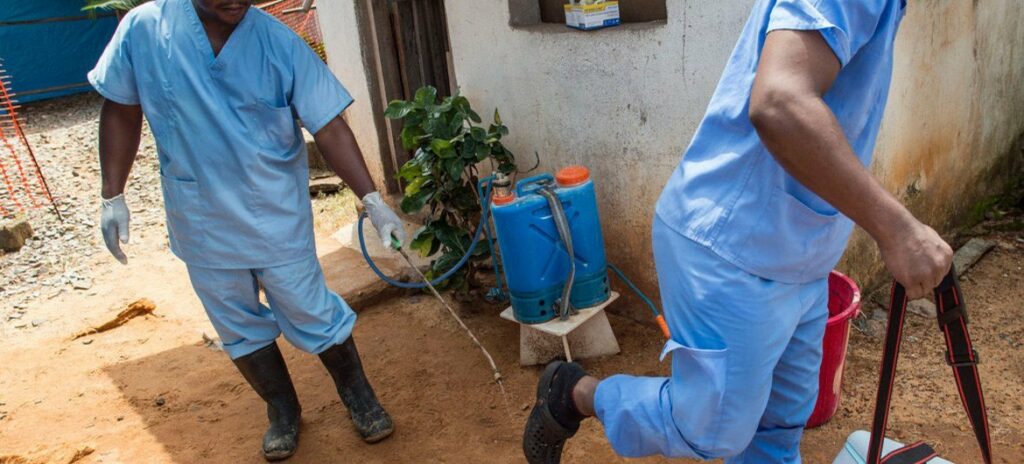In July 2010, Pakistan experienced one of the worst natural disasters in its history as unprecedented monsoon rains triggered catastrophic flooding across the country. The disaster affected over 20 million people, displacing entire communities, destroying homes, infrastructure, and livelihoods. The Indus River overflowed, submerging villages, washing away roads, and cutting off access to food, water, and medical supplies for millions. According to the United Nations, over 1,700 lives were lost, and millions faced long-term challenges, from homelessness to the threat of disease outbreaks like cholera.
The scale of the disaster overwhelmed Pakistan’s national response capabilities, prompting a massive international humanitarian effort. Relief agencies, including UN OCHA (United Nations Office for the Coordination of Humanitarian Affairs), mobilized to coordinate aid delivery and meet the needs of flood-affected populations. Central to these efforts was the International Humanitarian Partnership (IHP), whose mission was critical in enabling coordination and communication in an environment crippled by devastation.
IHP’s Support to UN OCHA: Deploying ICT Modules
To support UN OCHA in its response, the IHP swiftly deployed three Information and Communication Technology (ICT) modules from Norway, Sweden, and Denmark. These modules, which arrived in Pakistan on August 22, 2010, were designed to provide crucial communication capabilities in a country where infrastructure had been severely damaged by the floods.
Each ICT module was accompanied by a technical specialist and was equipped with laptops, GPS devices, satellite phones, and digital cameras to enable UN teams to assess needs and coordinate relief efforts in real-time. The modules allowed UN teams to establish reliable communication lines, set up internet access, and operate across multiple locations simultaneously.
Nicolai Rauhe Kristensen, the IHP Project Manager for this mission, emphasized the importance of this support: “The IHP is dedicated to assisting UN OCHA in this emergency, and I am sure the team and the equipment will assist in the overall effort of coordinating the relief to flood victims.”
After a three-week deployment, the ICT modules were handed over to UN OCHA, with local staff trained to continue their operation. This transfer ensured that the technology could support ongoing relief efforts beyond the initial emergency phase.
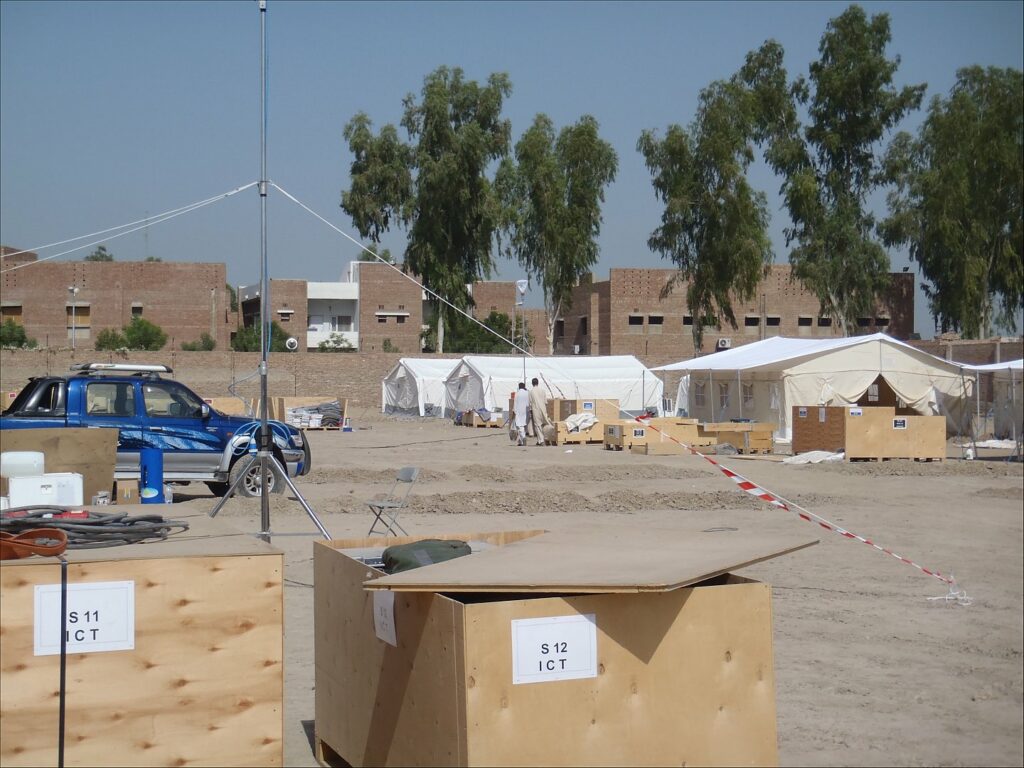
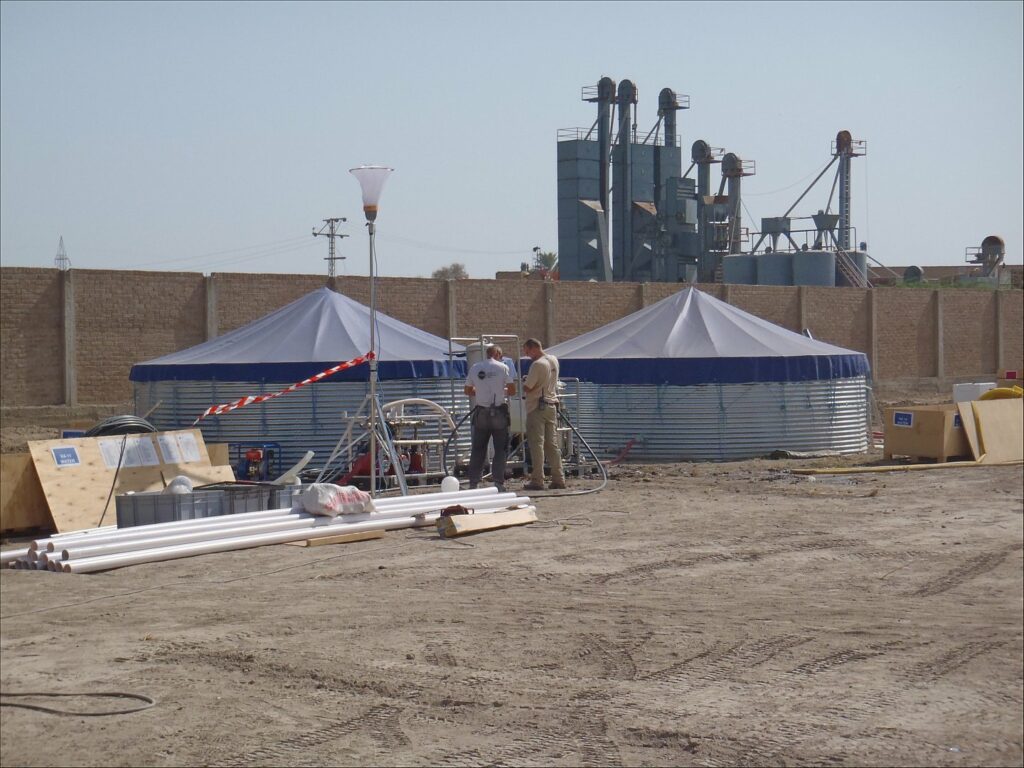
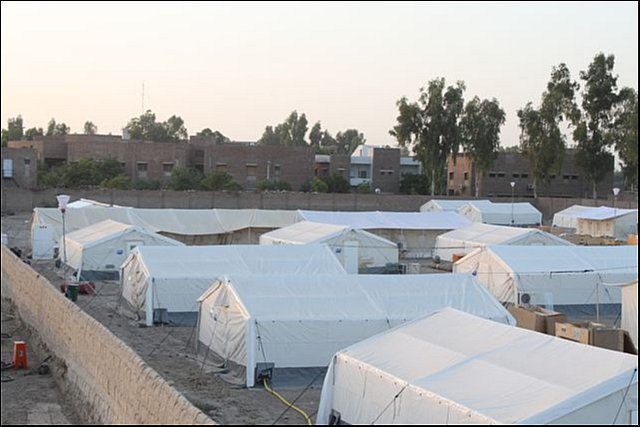

Establishing a Base Camp: Housing Humanitarian Efforts
In addition to communication support, IHP responded to a UN request to establish a base camp in the southern part of Pakistan. This camp, which could house 70 international aid workers, was essential for coordinating relief efforts on the ground.
The base camp served as a hub for humanitarian operations, providing accommodation, office spaces, and kitchen facilities for aid workers. It also housed an On-Site Operations Coordination Centre (OSOCC), enabling UN agencies and partner organizations to plan and execute relief strategies in the affected region effectively.
The mission was a multi-country effort, with the camp equipment departing from Sweden on a flight funded by Great Britain. Personnel from Sweden, Norway, Estonia, Finland, and Denmark joined the operation, ensuring that the camp became fully operational shortly after its arrival in Pakistan.
To respect cultural considerations during Ramadan, the deployment of personnel was carefully timed to begin after the end of the holy month, ensuring smooth customs clearance and integration into the local context.

A Long-Term Commitment
The IHP base camp was operational for approximately six months, reflecting the long-term nature of the humanitarian response to the floods. By providing essential infrastructure and communications support, IHP enabled aid workers to deliver life-saving assistance to millions of flood-affected Pakistanis.
This mission showcased the strength of the IHP’s collaborative model, with resources and expertise from multiple member countries combining to meet the demands of a large-scale humanitarian crisis.
As in previous emergencies, the “IHP spirit”—marked by teamwork, adaptability, and dedication—was at the core of the operation. By empowering organizations like UN OCHA, IHP reinforced the global commitment to helping those in need, even in the most challenging circumstances.
Cover Photo Credit: UN Photo/WFP/Amjad Jamal
